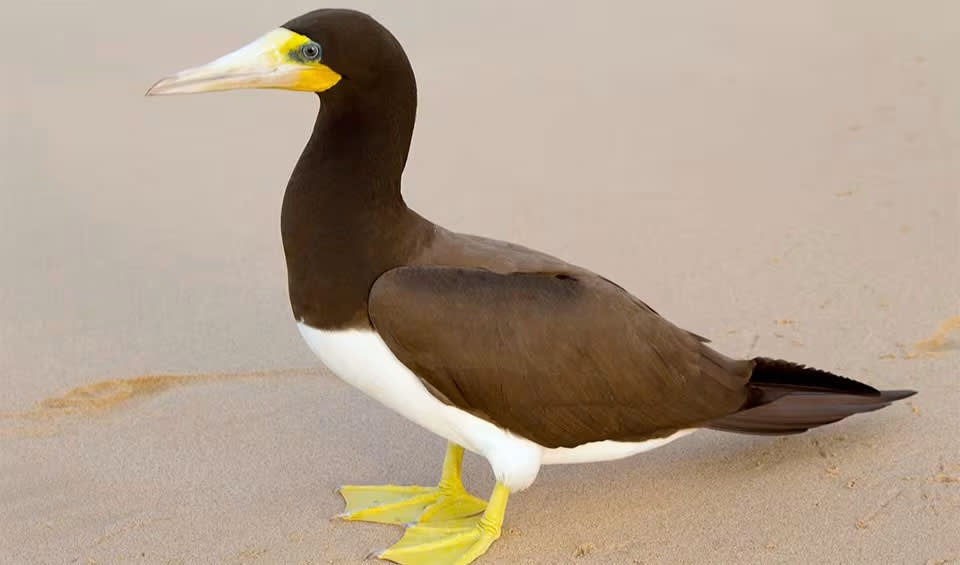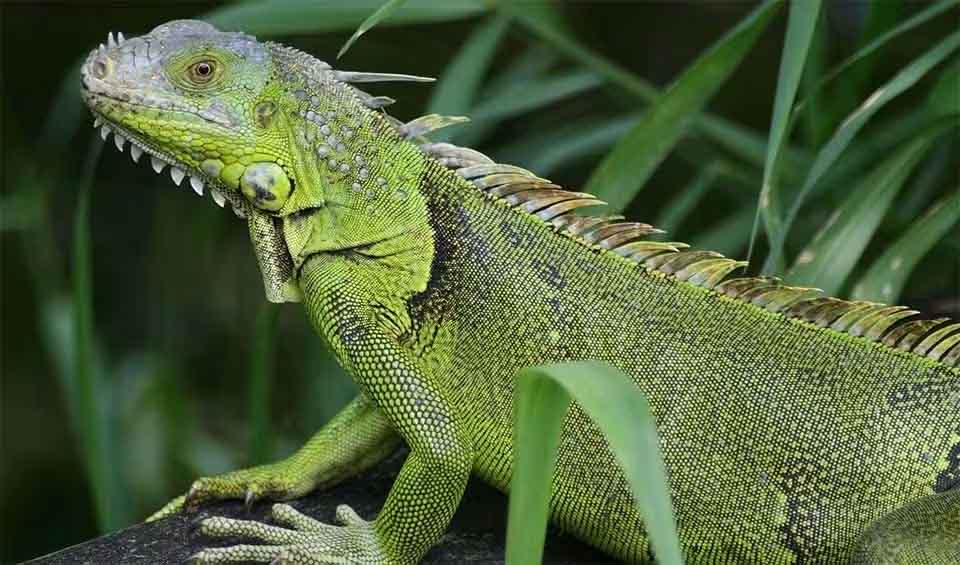When you picture The Bahamas, you likely envision a tropical beach where vacationers enjoy fruity drinks, bask in the sunshine, and walk on sandy shores. Indeed, this tropical haven contributes about 45% to the nation’s gross domestic product and provides half of the employment opportunities through tourism, all thanks to its stunning and intricate marine and terrestrial ecosystems sustained by the local wildlife.
The Bahamas hosts the world’s third-largest barrier reef and over 300 bird species, many of which rely on this destination for rest during their lengthy migratory paths. This nation is part of the Caribbean Biodiversity Hotspot and encompasses numerous Key Biodiversity Areas that are essential for maintaining global biodiversity and ecological health. Furthermore, The Bahamas’ unique ecosystems, such as seagrass beds and mangroves, are more efficient at sequestering carbon than tropical forests, playing a crucial role in addressing the climate crisis. Alongside reefs, these vital carbon reservoirs also shield communities from rising sea levels, lessen the impacts of hurricanes, and serve as vital habitats and breeding grounds for various wildlife species.
Four pillars elaborated:
The Bahamas has a well-established system of protected areas that safeguard its unique biodiversity and natural heritage. These areas include National Parks, Natural Monuments, Nature Reserves, Wildlife Sanctuaries, and Marine Reserves. Notable protected areas within the Bahamas include St. Herman’s Blue Hole National Park, Chiquibul National Park, Mayflower Bocawina National Park, the Great Blue Hole, Bladen Nature Reserve, and the Belize Barrier Reef Reserve System, which is a UNESCO World Heritage Site. Land Management
Land Management
Climate change is the most significant threat to the biodiversity of The Bahamas, as per the identified risks. This is due to the fact that 80% of the country’s landmass is within 1.5 meters (5 ft) of sea level rise, and 90% of the freshwater lenses are within 1.5 meters (5 ft) of the land surface, making the groundwater resource vulnerable to contamination. Threats to Biodiversity
Threats to Biodiversity
Furthermore, climate change could exacerbate natural threats such as coral bleaching and tropical hurricanes. The primary human-induced threat to biological diversity in The Bahamas is the lack of awareness and appreciation for the value of the delicate Bahamian environment and biodiversity. Habitat destruction, habitat fragmentation, pollution, the introduction of invasive alien species, and over-harvesting are the five primary human-related activities that harm biological diversity.
The Bahamas has implemented sector-specific plans to conserve and protect its natural resources. The agriculture sector plan focuses on developing an agricultural sector water policy, a land evaluation system, and an ornamental research and development program to preserve agricultural biodiversity. The marine resources sector plan aims to collect necessary data for management, maintain and restore marine species populations, and designate protected areas. The Forestry Act establishes a legal framework for sustainable management of forests and mandates the development of a National Forest Plan every five years. Capacity and Governance
Capacity and Governance
The tourism sector plan implements facilities for wastewater and hazardous waste containment and develops an ecotourism plan. The Bahamas National Trust’s strategic plan focuses on the creation of management plans for protected areas, reducing invasive alien species, and public education. Environmental Impact Assessments are required for projects with potential environmental impacts. Cross-sectoral integration is achieved through projects such as the Land Use Project and LUPAP.
The Bahamas has developed several future biodiversity plans aimed at conserving its natural resources and protecting its unique biodiversity. The National Biodiversity Strategy and Action Plan outlines the country’s vision and goals for biodiversity conservation and sustainable use of natural resources, with five thematic areas including improved environmental stewardship, reduced pressures on ecosystems, maintained and strengthened functional ecosystems, strengthened provision of ecosystem services, and effective action plan implementation. Future Trends
Future Trends
Biodiversity
The Bahamas, recognized as a biodiversity hotspot, boasts a plethora of rich marine environments, extensive pine forests, and diverse wetlands, which support a wide array of both terrestrial and aquatic life. The region’s Exclusive Economic Zone (EEZ) encompasses over 673,397 km² (260,000 mi²) of ocean, nurturing an expansive food network from plankton to top predators such as the blue marlin and giant tuna. Iconic species like the West Indian flamingo and the Bahama parrot highlight the terrestrial biodiversity, thriving in the nation’s pine forests and wetlands.In the waters, the Great Bahama Bank and Little Bahama Bank feature vast coral reefs, covering around 2.2% and 324 km² (125 mi²) respectively. Although reefs near more developed islands have seen some degradation, the coral reefs across the Bahamas generally remain in healthy condition, continuing to support diverse marine life including the endangered Nassau grouper and the vibrant queen conch.
In the table below are the number of known species in several main groups, how many of these species are Threatened with extinction, and how many of them are Endemic (unique to Bahamas only):
| Species (World rank) |
Threatened | % Threatened | Endemic | % Endemic | |
|---|---|---|---|---|---|
| Mammals | 40 (#169) | 5 | 12.5% | 1 | 2.5% |
| Birds | 245 (#155) | 9 | 3.7% | 8 | 3.3% |
| Reptiles | 48 (#123) | 11 | 22.9% | 25 | 52.1% |
| Amphibians | 6 (#153) | 1 | 16.7% | ||
| Fishes | 890 (#61) | 54 | 6.1% | 13 | 1.5% |
| Plants | 1,335 (#169) | 7 | 0.5% | 50 | 3.7% |
mammals
Hooded seal
Only males possess a unique, inflatable, balloon-like nose that they can inflate into a large red shape
Pantropical spotted dolphin
A champion swimmer and a social butterfly of the warm seas
Common bottlenose dolphin
Known for their acrobatic leaps, twisting and turning gracefully as they jump completely out of the water
birds
Roseate spoonbill
An easily recognizable bird due to its pink body and spatulate bill
White ibis
Very good at detecting storms, often the last to leave and first to arrive before and after a hurricane
Brown booby
An impressively acrobatic bird that can catch flying fish mid-jump
reptiles
Brown anole
Often seen sunning themselves on fences, walls, and tree trunks
Hawksbill sea turtle
Its slender frame and narrow head bear a beak curved like a hawk’s, earning this marine marvel its name
Green iguana
From the US down to Brazil, this trans-American lizard is the most common iguana
National Animals
American flamingo
Famous for its habit of standing on one leg














